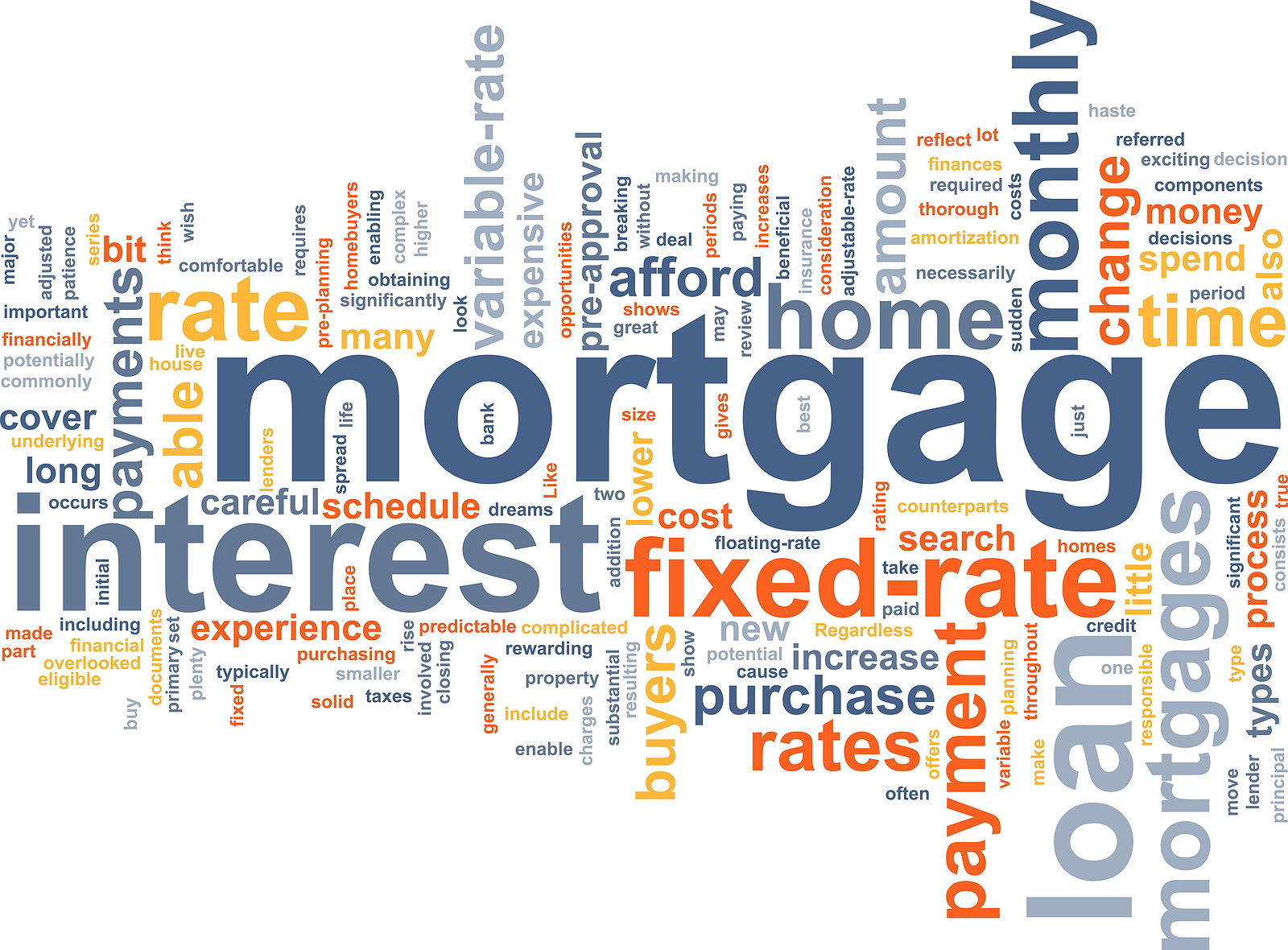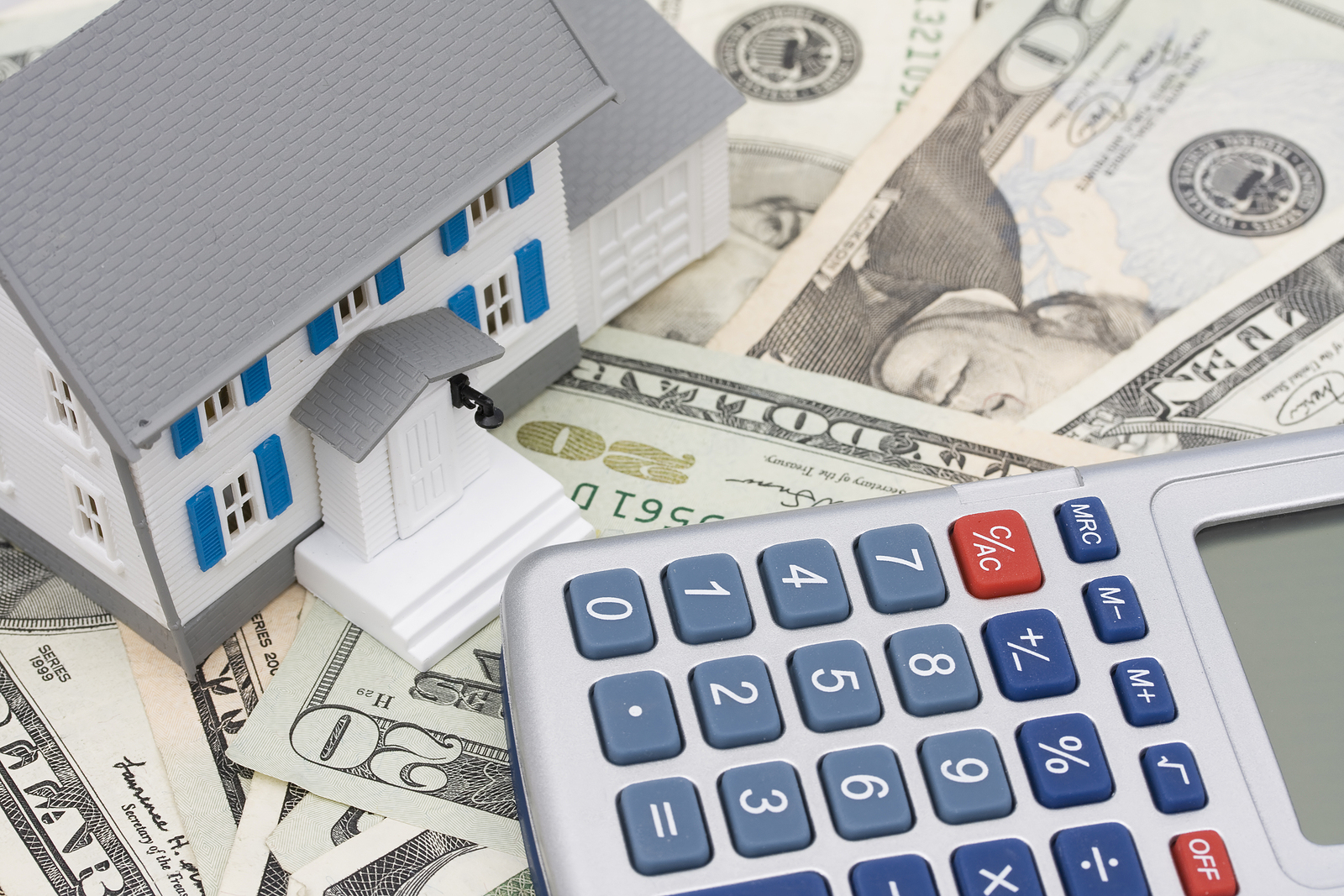Whether you’re buying or selling, understanding the difference between a buyer’s market and a seller’s market is key to achieving your real estate goals.
In a buyer’s market, you’ll find more properties at lower prices, while a seller’s market often means higher prices and quick decisions due to high demand. But how do these market dynamics affect your strategies and outcomes?
As we dissect the implications of both market types, you’ll discover how to adapt your approach for optimal results. Stay tuned as we unravel this intriguing aspect of real estate.
Understanding Real Estate Markets
Before diving into the intricacies of a buyer’s and seller’s market, it’s crucial for you to grasp the fundamentals of real estate markets. You see, the dynamics of real estate markets aren’t static; they shift based on a multitude of factors like economic trends, interest rates, and demographics.

Understanding Real Estate Trends is a cornerstone in this learning process. Trends highlight patterns or general directions in the market. For instance, a steady increase in property prices may indicate a strengthening market, while a decline could suggest a cooling off period.
Next, let’s discuss Market Predictions. You must remember that these are educated guesses about where the market is heading.
Predictions are crucial because they help you strategize your real estate decisions, whether you’re buying, selling, or investing. However, they aren’t foolproof, and the market can sometimes take unexpected turns.
Defining a Buyer’s Market
Diving into the concept of a buyer’s market, it’s a scenario where the real estate market favors those looking to buy property. This situation is typically characterized by an abundance of properties for sale and fewer buyers vying for them.
Market trends play a crucial role in creating a buyer’s market. When there are more homes listed for sale than there are active buyers, prices often drop. This downward trend in prices, influenced by supply and demand, means you, as a buyer, have more bargaining power and can negotiate better deals.

Economic factors also contribute significantly to the development of a buyer’s market. An economic downturn, for instance, might force more homeowners to sell, flooding the market with properties. Meanwhile, potential buyers may hesitate to buy, worried about job security or future income.
The result? An increase in supply, a decrease in demand, and a market that’s primed for buyers.
In such a market, you’re in a strong position. You can take your time to find the right property, negotiate more aggressively, and potentially get a better deal. A buyer’s market can be an excellent time for you to step onto the property ladder or expand your portfolio.
Impact of a Buyer’s Market
You’ve grasped what a buyer’s market is, now let’s examine its impact.
There are potential advantages and possible disadvantages that you need to be aware of.
This understanding can guide you in making strategic decisions that can maximize your benefits in a buyer’s market.
Understanding a Buyer’s Market
In a buyer’s market, it’s essential to grasp how it can dramatically tilt the power dynamics in favor of purchasers, often leading to lower property prices and more room for negotiation.
Market fluctuations play a key role in creating these conditions, typically arising when there’s an excess of inventory compared to the number of buyers. This excess supply can force sellers to compete for buyers, leading to price reductions and potentially opening up more opportunities for negotiation.

Understanding negotiation tactics is equally important. In a buyer’s market, you’re in a stronger position to negotiate not just on price, but also on terms such as closing costs, contingencies, and even repairs.
Sellers may be more inclined to agree to these terms, recognizing that it’s a buyer’s market.
But remember, while a buyer’s market offers plenty of advantages, it doesn’t mean you can push too hard. Sellers still have a bottom line, and if you’re not careful, you could risk losing out on a property by making unreasonable demands.
It’s a delicate balance, and understanding the dynamics of a buyer’s market is the first step in successfully navigating it.
Potential Advantages
So, what could be the potential advantages of a buyer’s market for you?
In a buyer’s market, the market influences tilt in favor of you, as the buyer, providing you with a strategic edge.
The surplus of properties for sale often results in lower prices and better deals, creating a favorable environment for investment opportunities.
You have the luxury of choice and can afford to be picky in your decision-making. You can take your time exploring different neighborhoods, comparing properties, and negotiating the best possible price. This can result in substantial savings, allowing you to get more bang for your buck.
Another advantage is that you can often negotiate favorable terms in the contract, such as closing costs or contingencies. Sellers are more likely to agree to these terms in a buyer’s market in order to close the deal.
Lastly, the pressure is off. In a seller’s market, there’s often a rush to purchase before someone else scoops up the property. But in a buyer’s market, you can take your time and make a thoughtful decision. This can lead to a more satisfactory purchase, both financially and emotionally.
Possible Disadvantages
While the benefits of a buyer’s market are certainly appealing, it’s important to also consider the potential drawbacks. Market fluctuations, for instance, can turn a buyer’s market into a seller’s market without much notice. This unpredictability can impact your decision-making process and, ultimately, your investment outcomes.
You might find a property at a great price, but if the market shifts rapidly, you could end up with a home that’s worth less than you paid. That’s one of the primary investment risks in a buyer’s market. You’re buying low, but there’s no guarantee the value will rise in the near future.
Moreover, the abundance of properties might overwhelm you, leading to rushed decisions or buyer’s remorse. The temptation to settle for less because of the numerous options can also be a disadvantage.
Defining a Seller’s Market
You’re probably wondering what exactly constitutes a seller’s market.
It’s marked by certain characteristics, notably a swift uptick in property prices due to high demand and low supply.

As a buyer, understanding these dynamics can help you devise effective strategies to navigate this challenging terrain.
Characteristics of Seller’s Market
In the bustling landscape of the real estate market, understanding the distinctive features of a seller’s market can give you the upper hand in your property dealings.
Grasping the seller’s market dynamics is crucial in this process. This type of market is characterized by high demand and low supply, causing properties to sell quickly, often with multiple offers.
A key feature of a seller’s market is that prices are typically driven upward. Sellers hold more power in negotiations, often receiving offers above their asking price.
This is where negotiation techniques come into play. As a buyer, you’ve got to be quick and aggressive, coming in with a strong offer and minimal contingencies.
Moreover, in a seller’s market, properties are often sold as-is, with sellers less willing to conduct repairs or offer concessions. This can create a challenging environment for buyers. However, understanding these dynamics can equip you with the knowledge to navigate this terrain effectively.
Impact on Property Prices
Examining the impact on property prices, it’s clear that a seller’s market significantly drives up the cost of real estate. This escalation is primarily due to a mix of demand outstripping supply, price manipulation, and market speculation.
1. Demand exceeding supply: In a seller’s market, there are more potential buyers than available properties. This imbalance necessitates a competitive environment, driving prices upward.
2. Price manipulation: Sellers may raise their asking prices, hoping to capitalize on the hot market. This tactic, although potentially risky, can result in substantial profits if the demand remains high.
3. Market speculation: Some investors buy properties with the intent to sell them at a higher value later. This speculative buying can inflate property prices as these investors are willing to pay more, anticipating a return on investment in the future.
You need to be aware of these factors when navigating a seller’s market. They not only influence property prices but also shape the real estate landscape.
Having this knowledge will assist you in making informed decisions and setting realistic expectations about the cost of properties in a seller’s market.
Strategies for Buyers
Navigating a seller’s market as a prospective buyer requires strategic planning and keen market insight. You’ll need to focus on negotiating techniques and financing options to stand out in this competitive field.
Firstly, sharpen your negotiating skills. You’re not just buying a property – you’re convincing a seller to choose you over other buyers. Be ready to move quickly, as properties tend to sell fast in a seller’s market. Also, anticipate counter-offers and be willing to negotiate terms beyond the price, like closing dates or contingencies.
Secondly, assess your financing options. Secure pre-approval for a mortgage to demonstrate your financial readiness. Sellers will likely favour buyers who are ready to proceed without delay. Explore different mortgage types and rates, and consider if you’re open to paying more upfront to secure a property.
Impact of a Seller’s Market
When you’re trying to buy a home during a seller’s market, you’ll quickly realize the power dynamic has shifted, with sellers often having the upper hand.
This is due to the Seller’s Market Dynamics, where high demand and low supply of properties give sellers an advantage. Market Fluctuation Effects come into play, as increased competition among buyers can lead to bidding wars and higher selling prices.

As a buyer, understanding the impact of a seller’s market is crucial. Here are three major effects:
1. Limited Choices: With fewer homes available, you’ll have less variety to choose from. This can potentially lead to settling for a property that doesn’t meet all your needs.
2. Higher Prices: As demand exceeds supply, property prices often inflate. Be prepared to potentially pay more than the listed price.
3. Fast-Paced Decisions: In a seller’s market, homes can sell quickly. This may necessitate swift decision-making on your part, which can be stressful.
These impacts can potentially make your home buying journey challenging. However, understanding these dynamics can equip you with the knowledge to navigate the complexities of a seller’s market effectively.
Strategies for Different Market Conditions
To thrive in different market conditions, you’ll need a strategic approach tailored to the unique challenges and opportunities each market presents. In a buyer’s market, with an abundance of available properties, you have the luxury of choice.
You can afford to be selective, negotiating for the best prices and terms. In contrast, in a seller’s market, where demand outpaces supply, you might need to act swiftly, offering competitive bids to secure your desired property.
Market fluctuations are an inevitable part of the real estate landscape. Being aware of market trends and adjusting your strategies accordingly is crucial. For instance, during periods of economic growth, you might consider buying properties to benefit from potential value appreciation.
Conversely, during downturns, you might focus on holding or even selling properties to mitigate potential losses.
Investment timing is another key element. By strategically choosing when to buy or sell, you can maximize your returns. For example, purchasing in a buyer’s market and selling in a seller’s market can yield significant profits.
However, it’s essential to balance this with other factors, such as your financial circumstances and long-term real estate goals.
Adapting Your Real Estate Goals
In light of these market shifts, it’s often necessary to adjust your real estate objectives to fit the prevailing market conditions. Market fluctuations can significantly influence the profitability of your real estate investments. Therefore, it’s crucial to align your real estate goals with the current market scenario.
1. Assessing Market Trends Always stay attuned to the current market trends. Pay attention to interest rates, housing inventory, and the general economic condition. This will help you understand whether it’s a buyer’s or seller’s market.
2. Investment Timing Be strategic about when you buy or sell properties. Patience can be your greatest ally in a fluctuating market. You don’t want to sell in a buyer’s market or buy in a seller’s market.
3. Flexibility Sometimes, you might need to adjust your expectations. If it’s a seller’s market and you’re looking to buy, you might’ve to compromise on some features or expand your budget.
Frequently Asked Questions
How Do Interest Rates Influence a Buyer’s or Seller’s Market?
High interest rates can deter buyers, making it a seller’s market. Yet, if they’re low, it’s a buyer’s market. Either way, mortgage trends and your credit score have a significant impact on your buying or selling power.
What Role Does Home Inventory Play in Determining the Market Type?
Inventory analysis is crucial in determining the market type. If there’s high inventory but low demand, you’re in a buyer’s market. Conversely, low inventory and high demand indicate a seller’s market. Demand fluctuation’s key.
Can Foreign Investment Affect the State of the Housing Market?
Absolutely, foreign investment can significantly impact housing market dynamics. It’s called global investment impact. It can inflate prices, tighten inventory, and even create a seller’s market in areas that were previously balanced.
How Does the Local Economy Impact the Type of Real Estate Market?
By analyzing economic indicators, you’ll see how the local economy impacts the real estate market. High unemployment rates can create a buyer’s market, as fewer people have the means to purchase, driving down prices.
Can Government Policies Shift a Buyer’s Market to a Seller’s Market?
Yes, government policies can indeed shift a buyer’s market to a seller’s market. Policy implications and regulatory changes can alter market dynamics, influencing housing supply, demand, and ultimately, real estate prices.
Conclusion
Understanding the dynamics of buyer’s and seller’s markets is key to achieving your real estate goals.
In a buyer’s market, you’ll find more bargaining power and choices, while a seller’s market means higher prices and quick decision-making.
By aligning your strategies with the current market conditions, you can navigate the real estate landscape with confidence and insight.
Remember, knowledge is power, and the more you know, the more successful your real estate journey will be.




